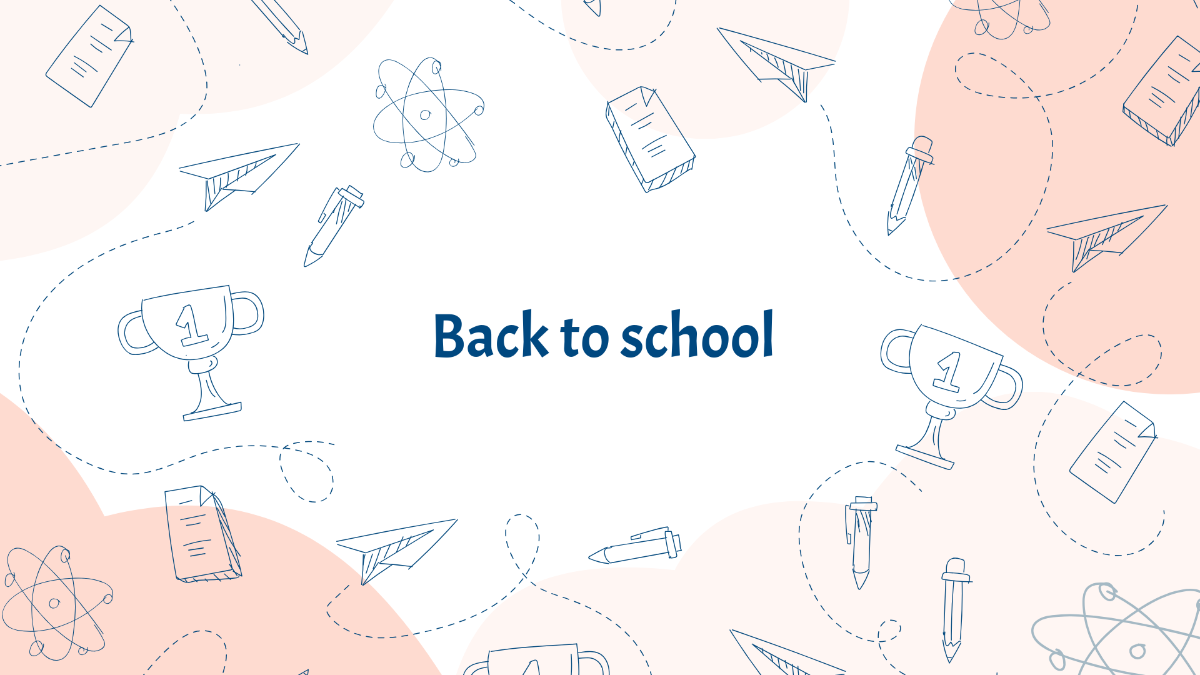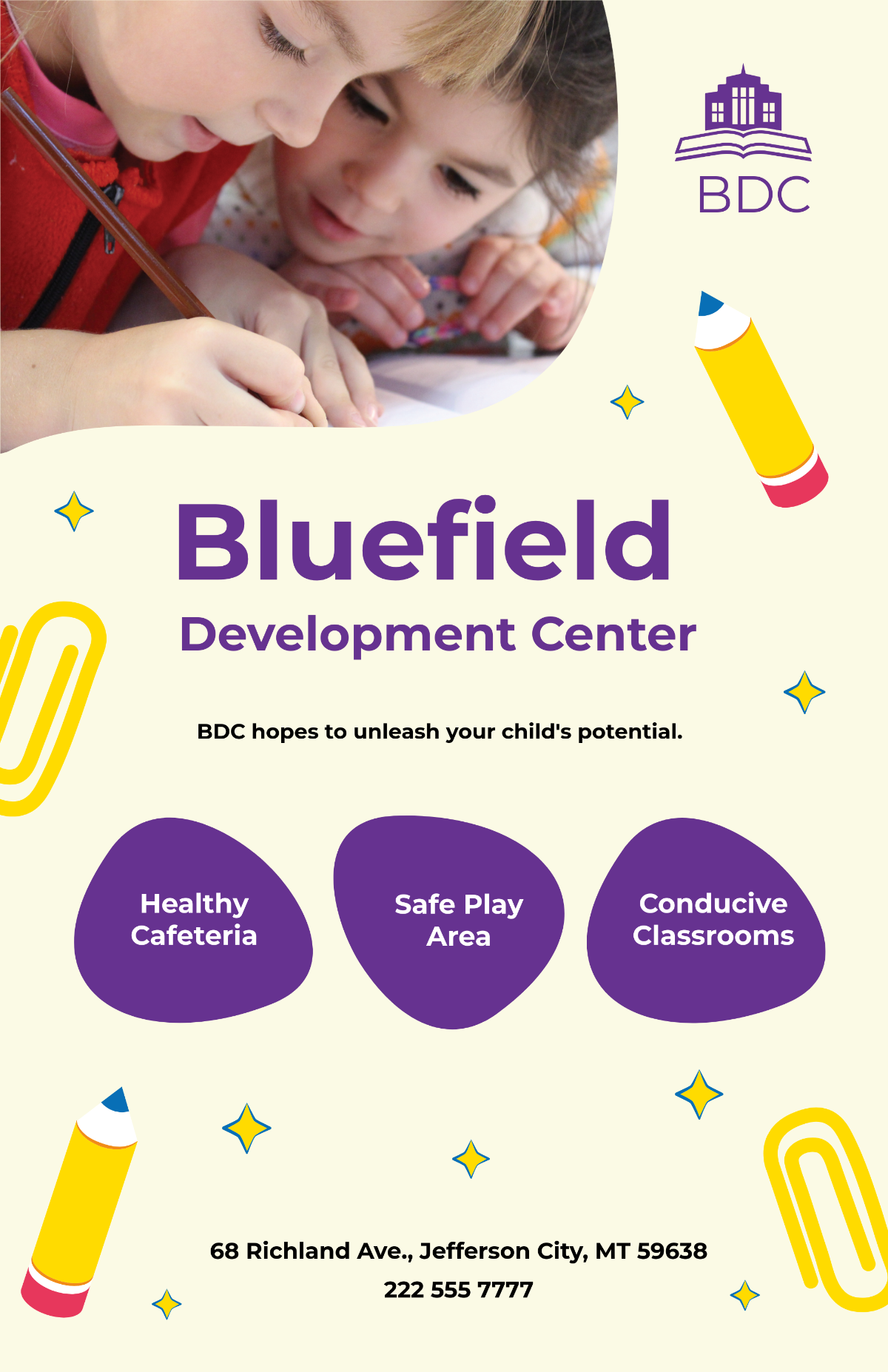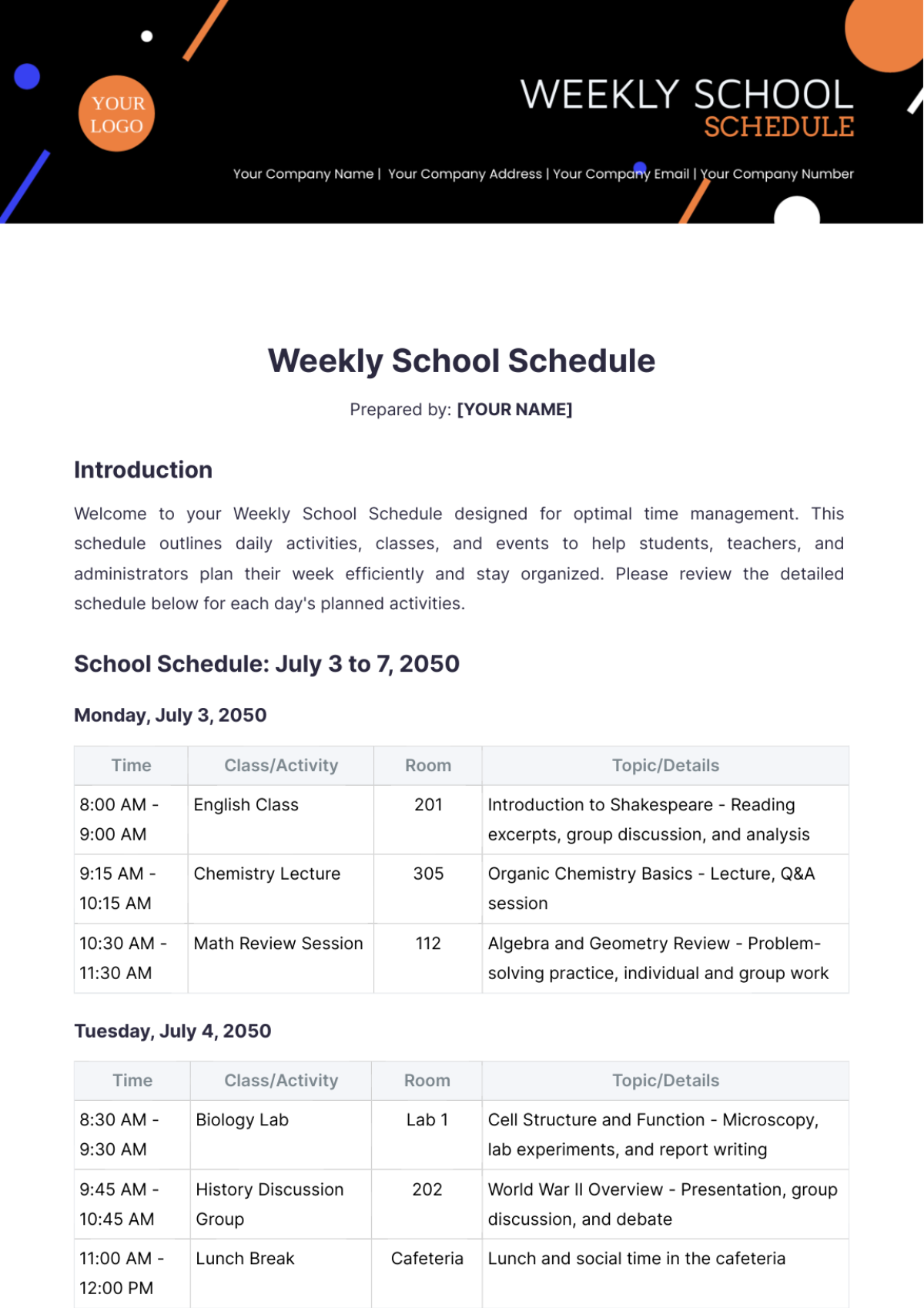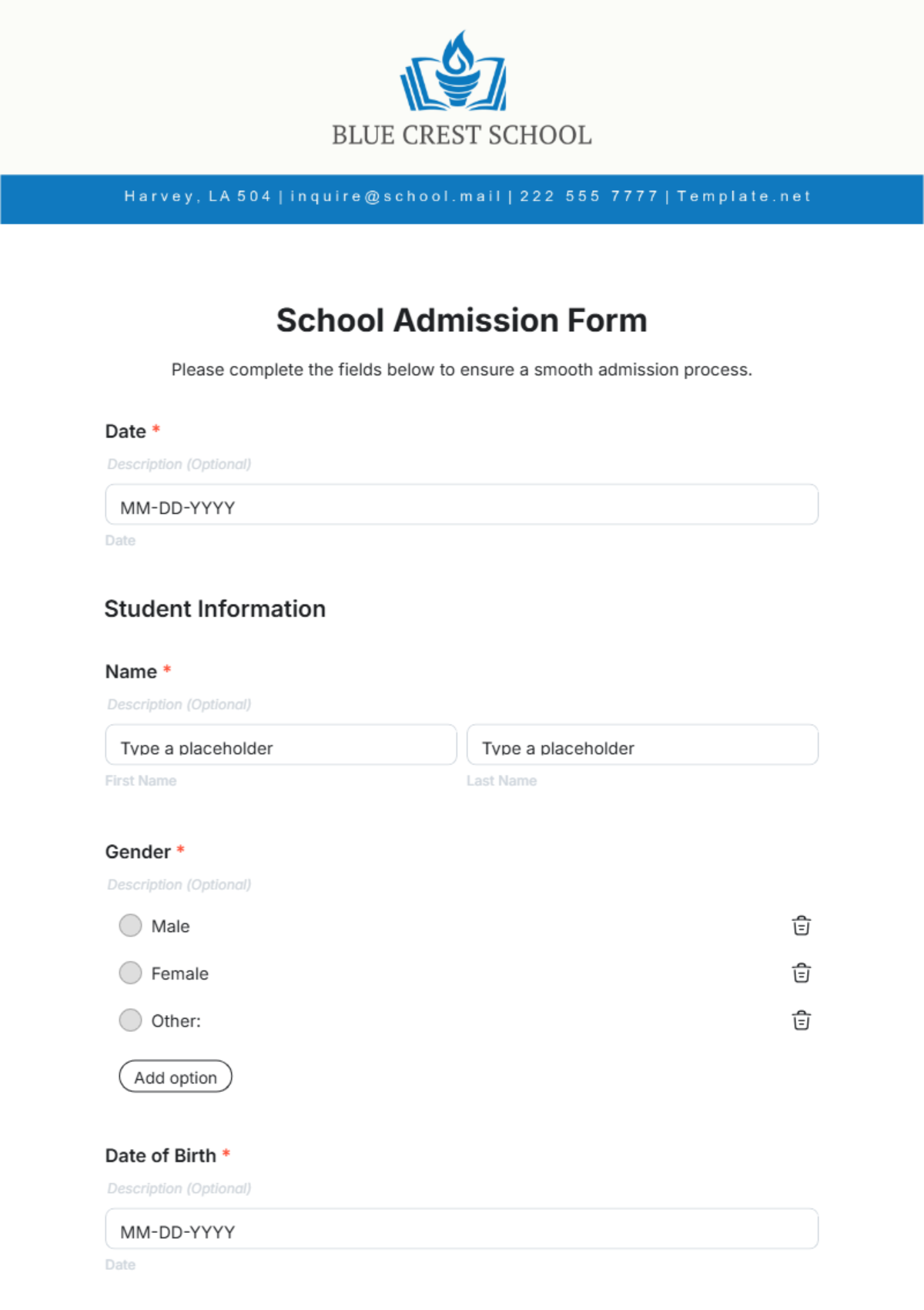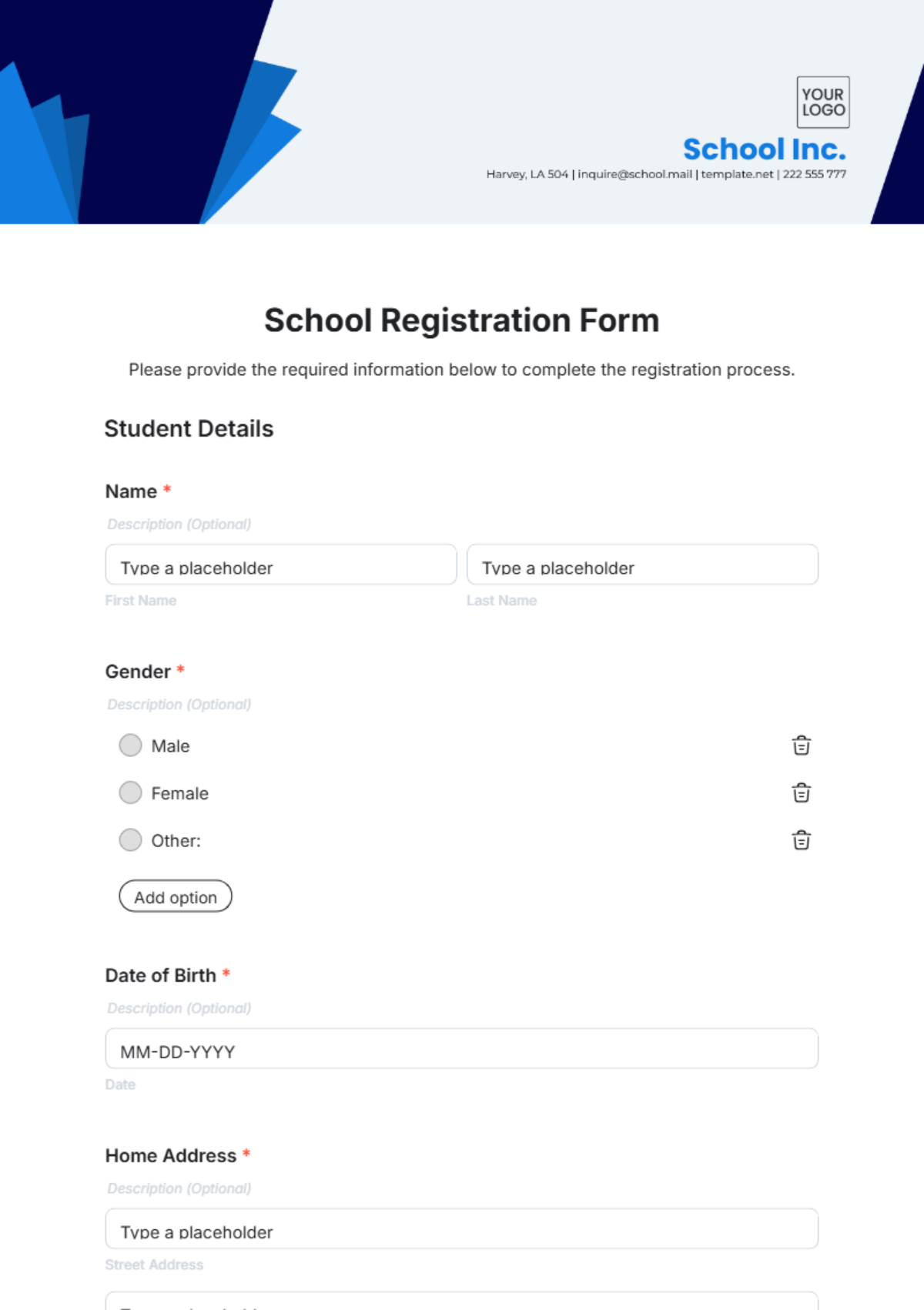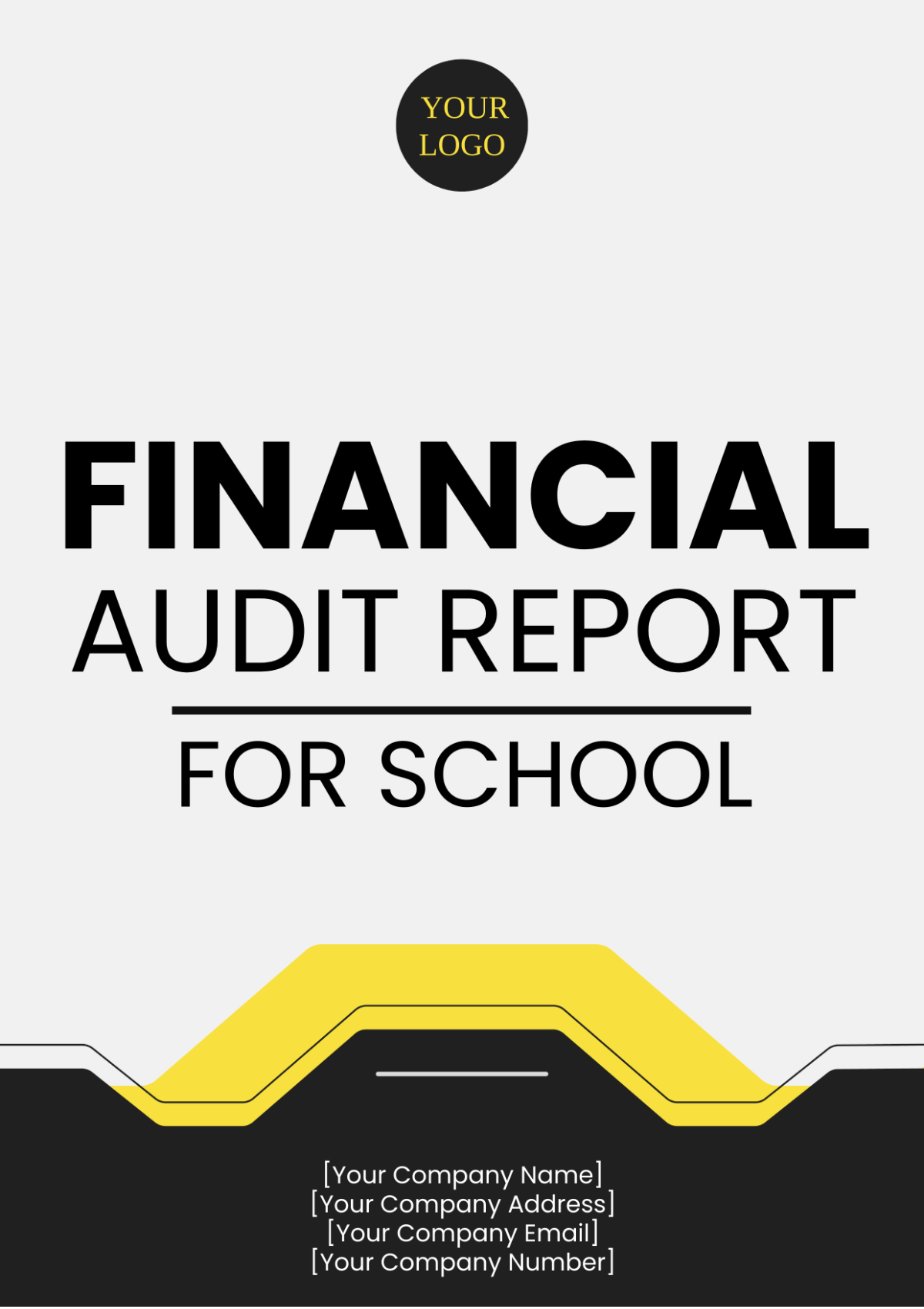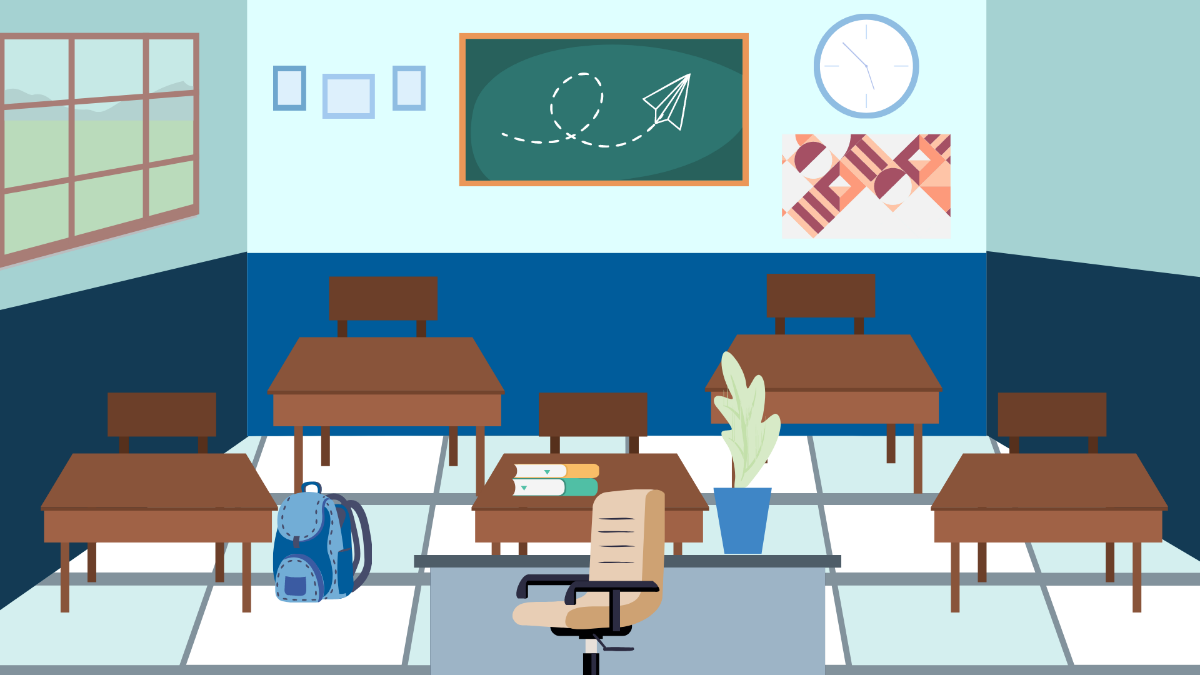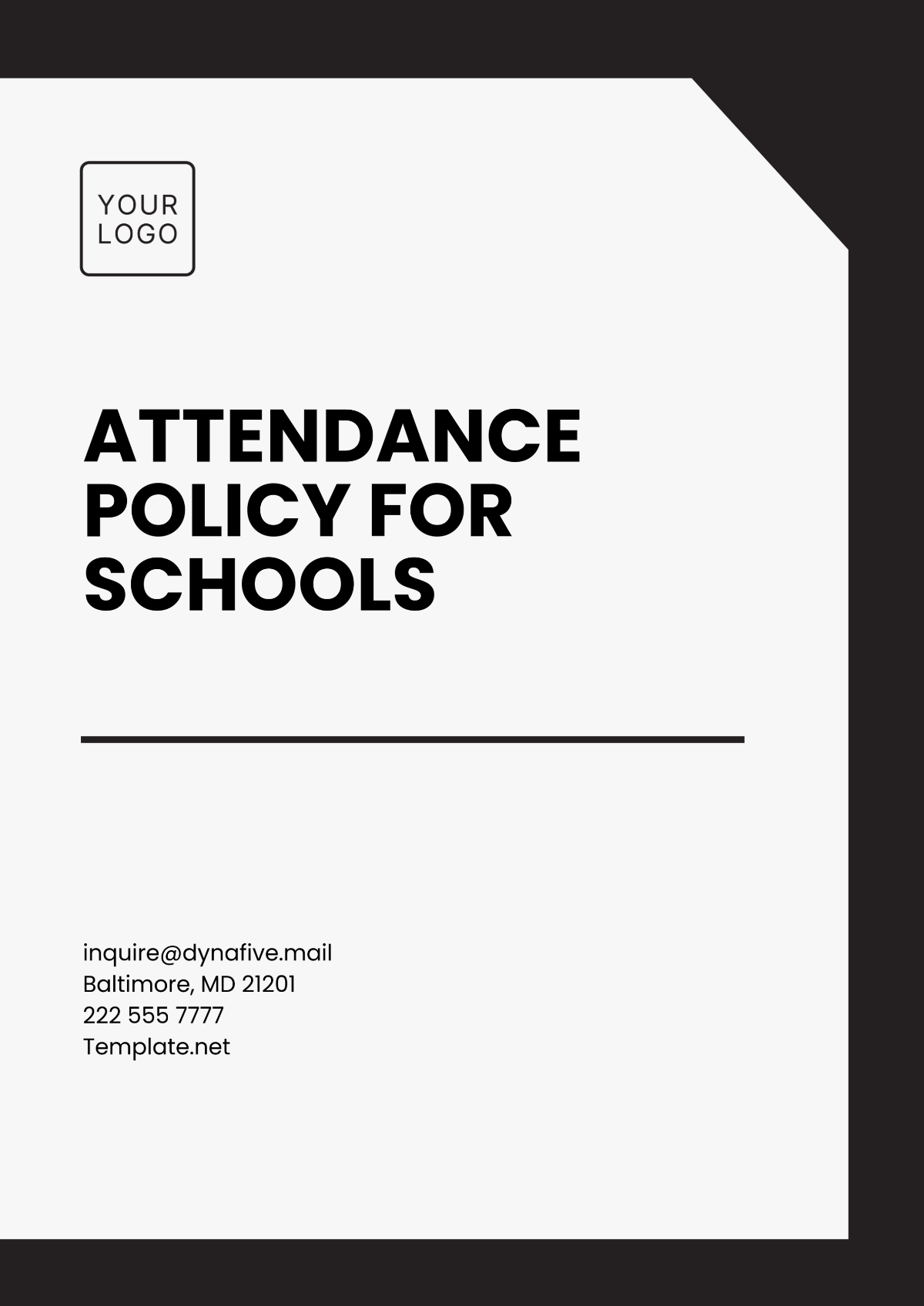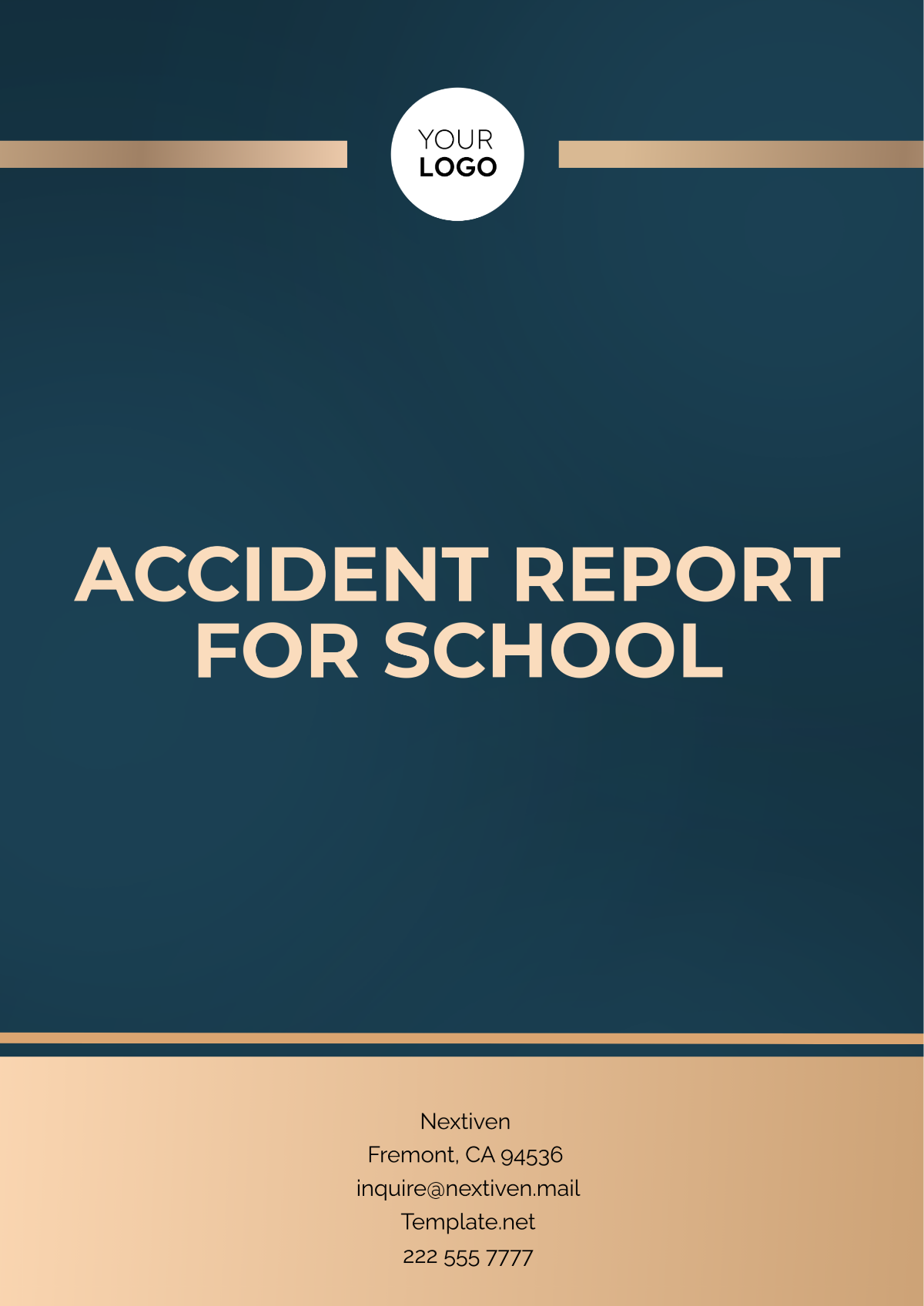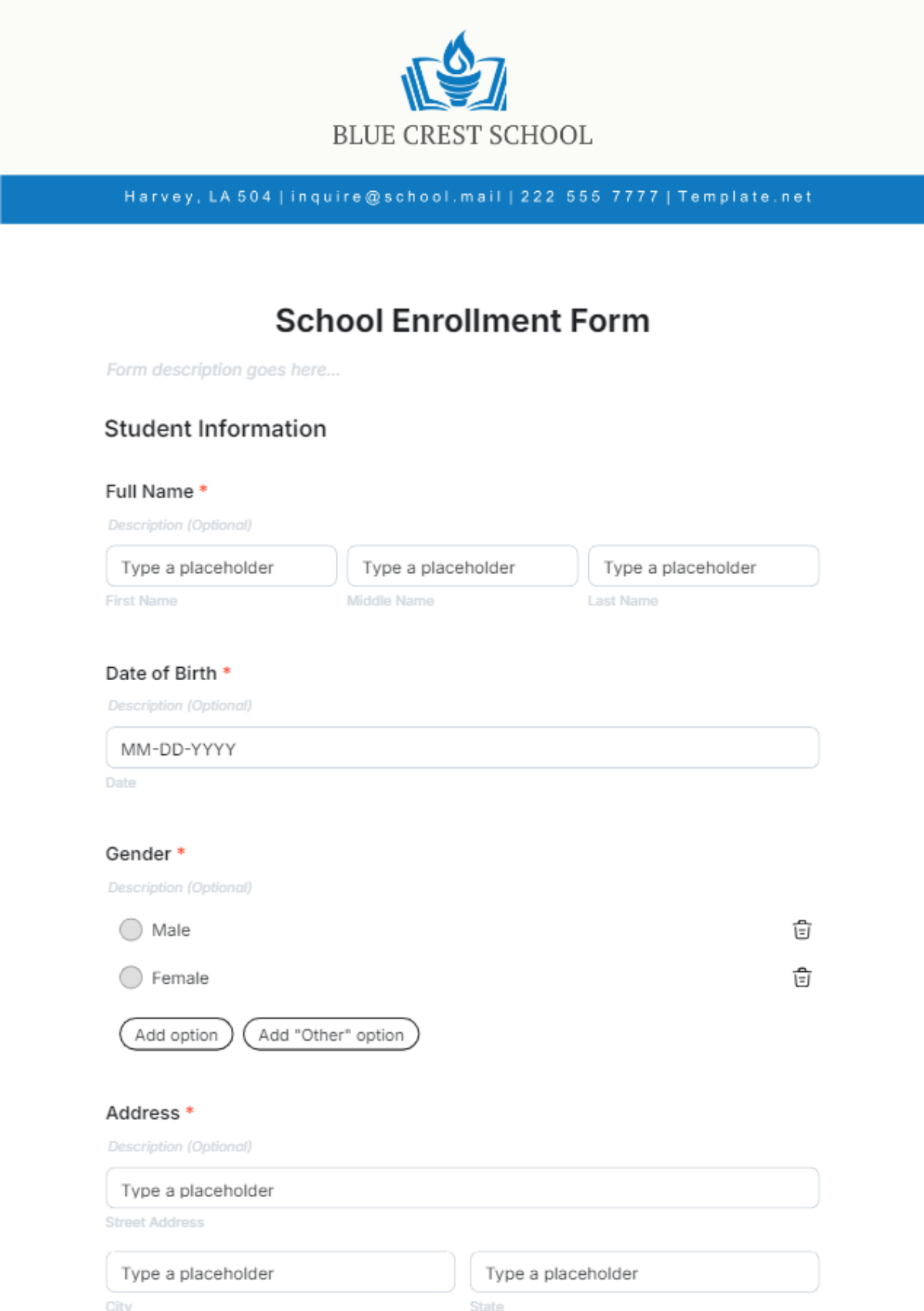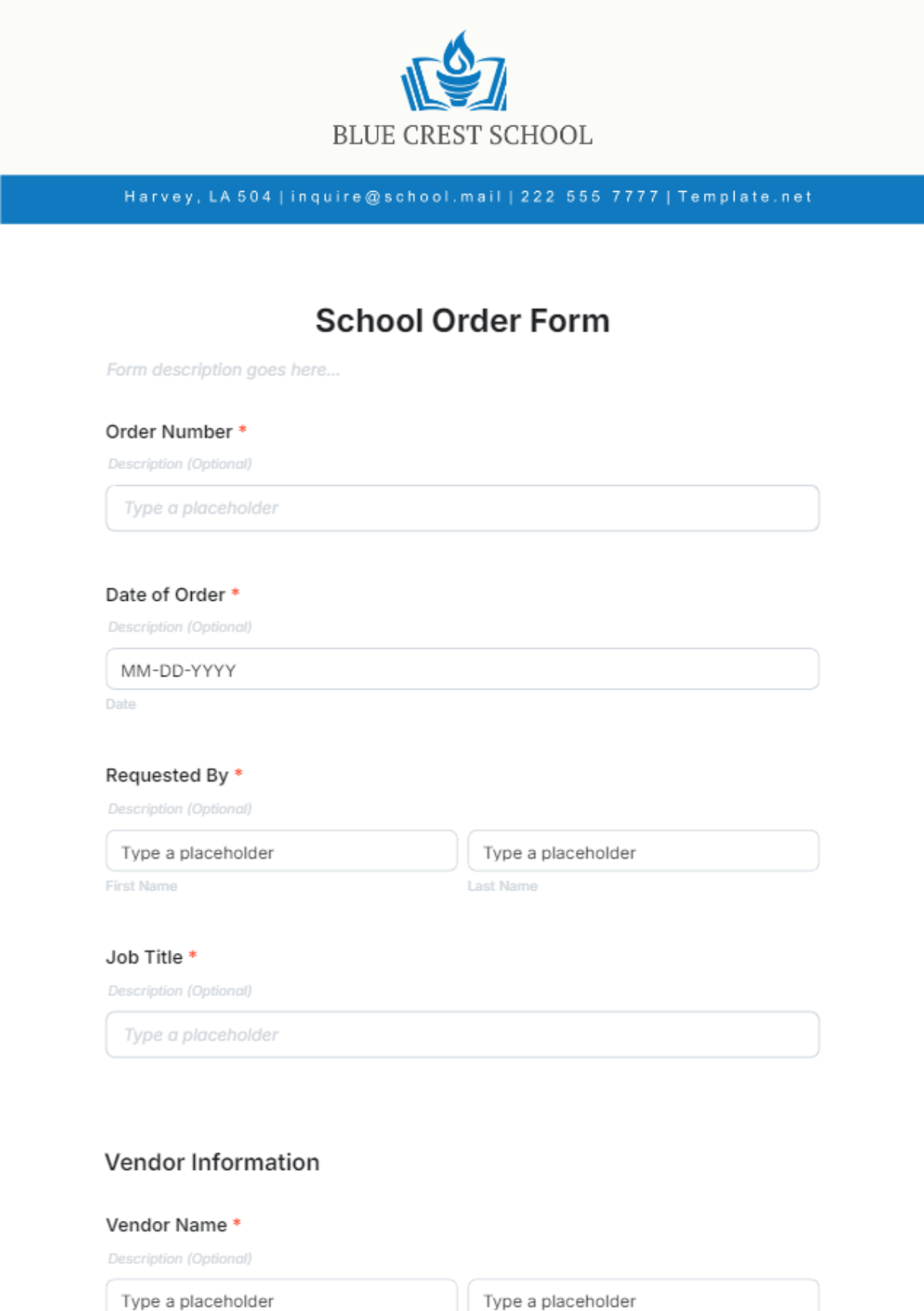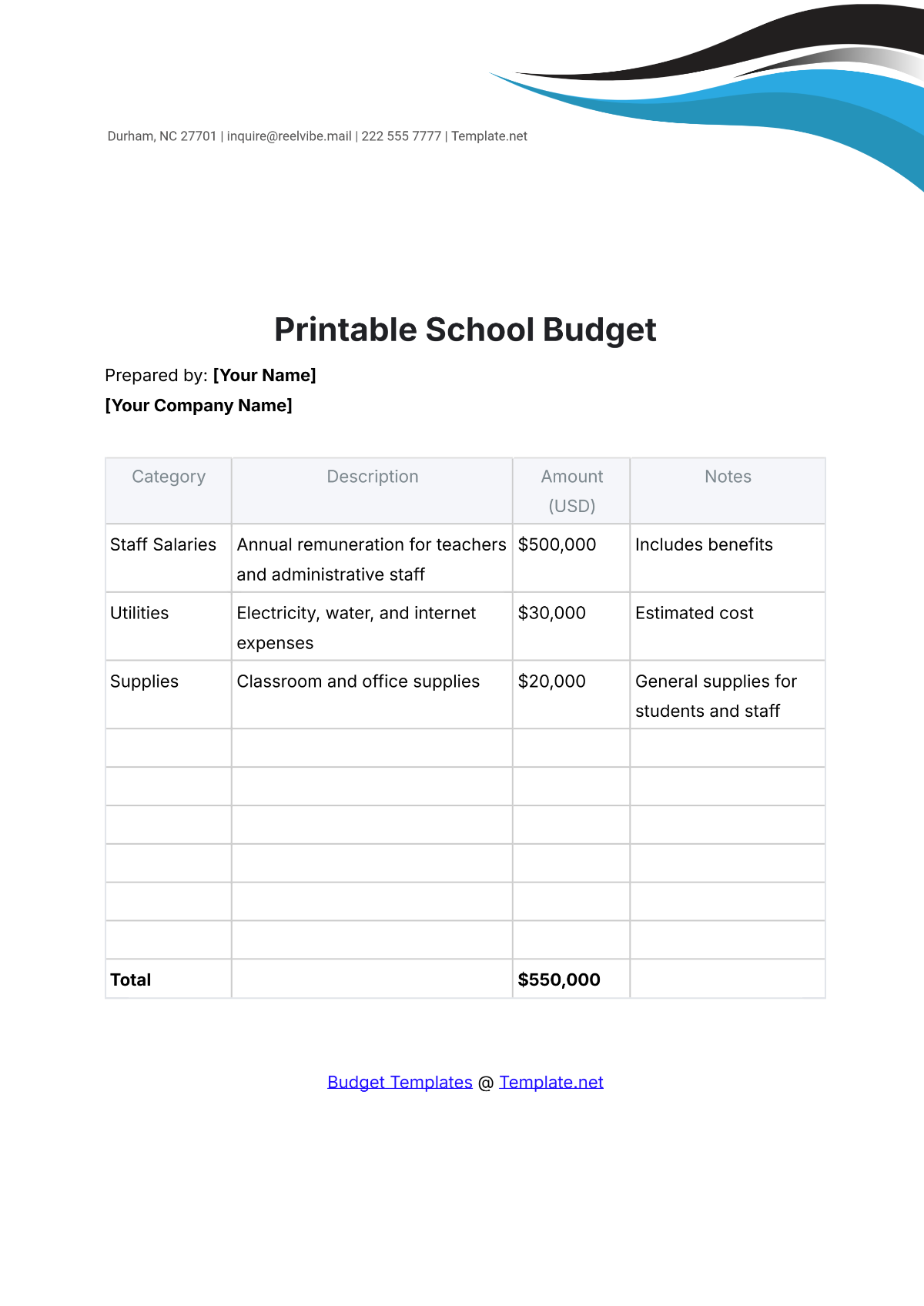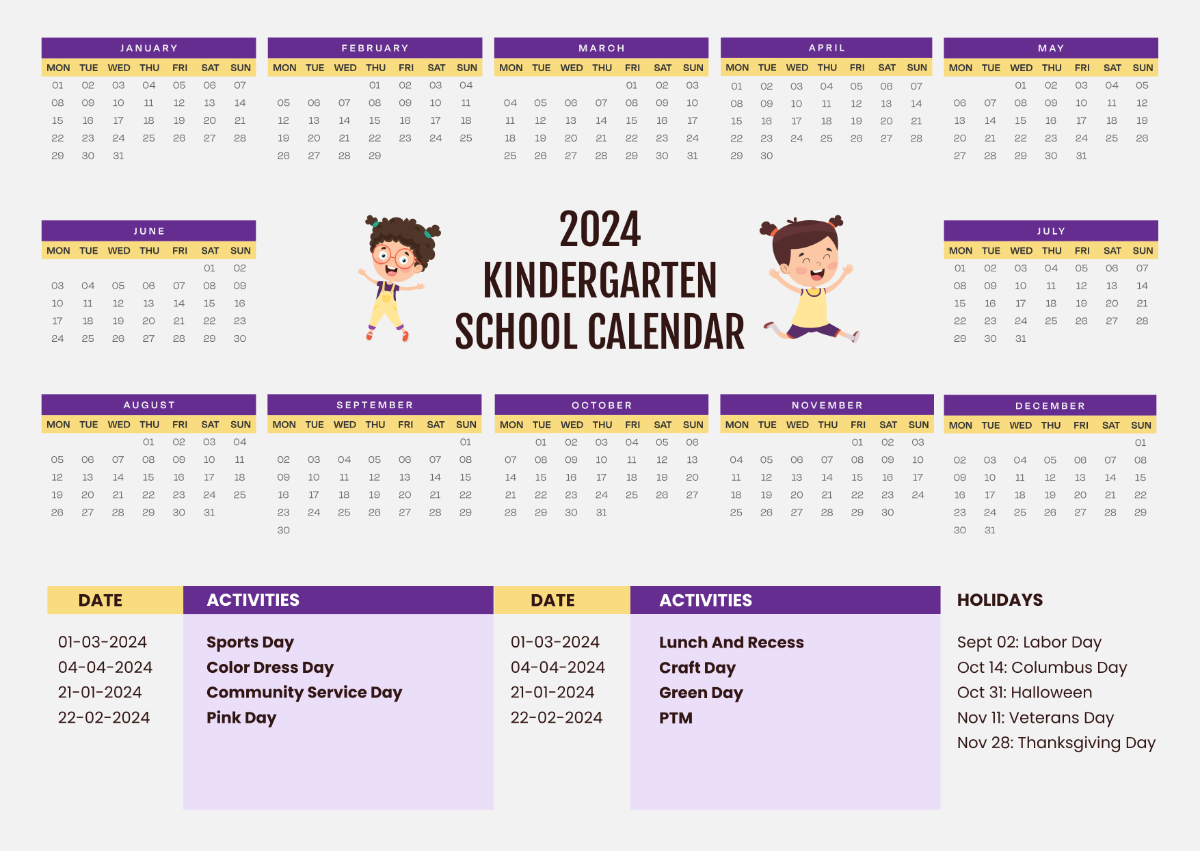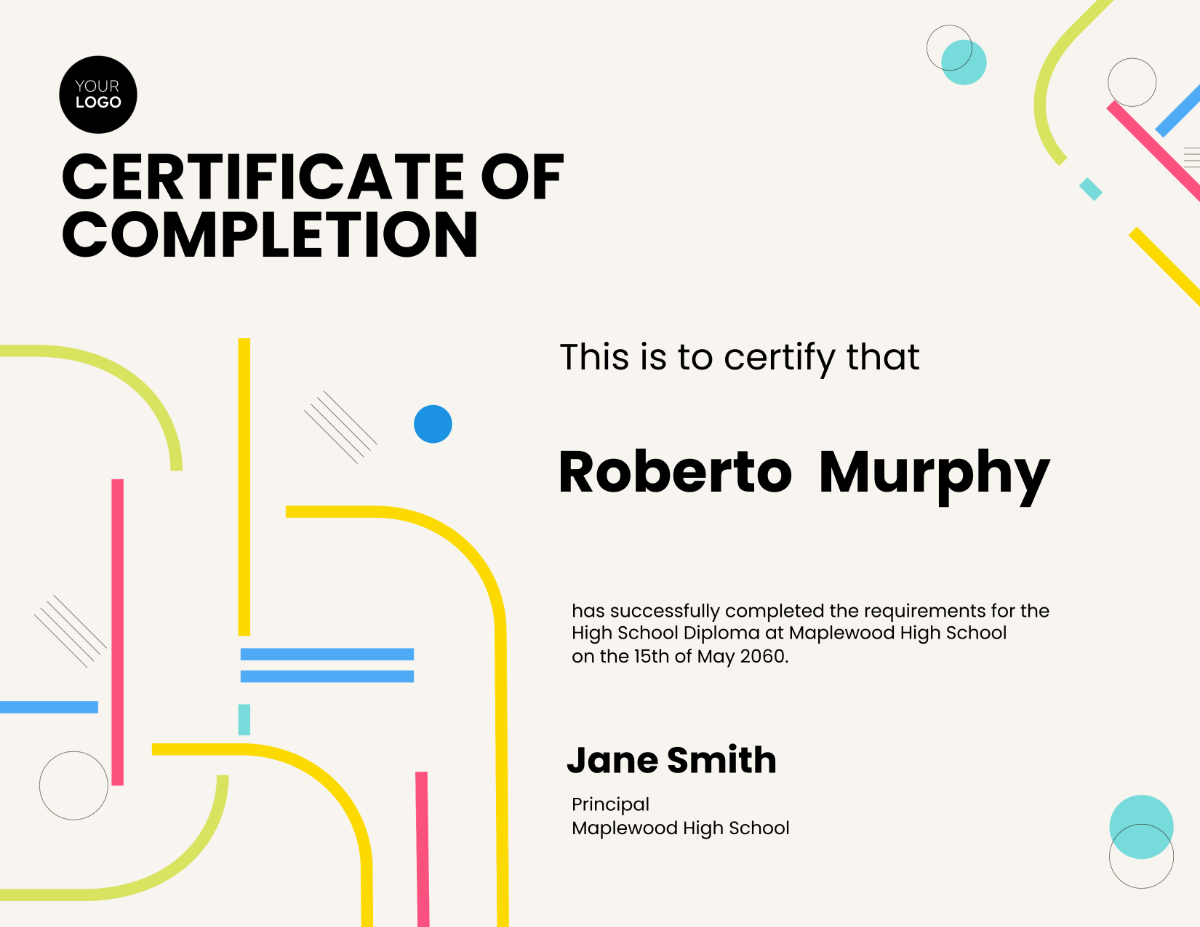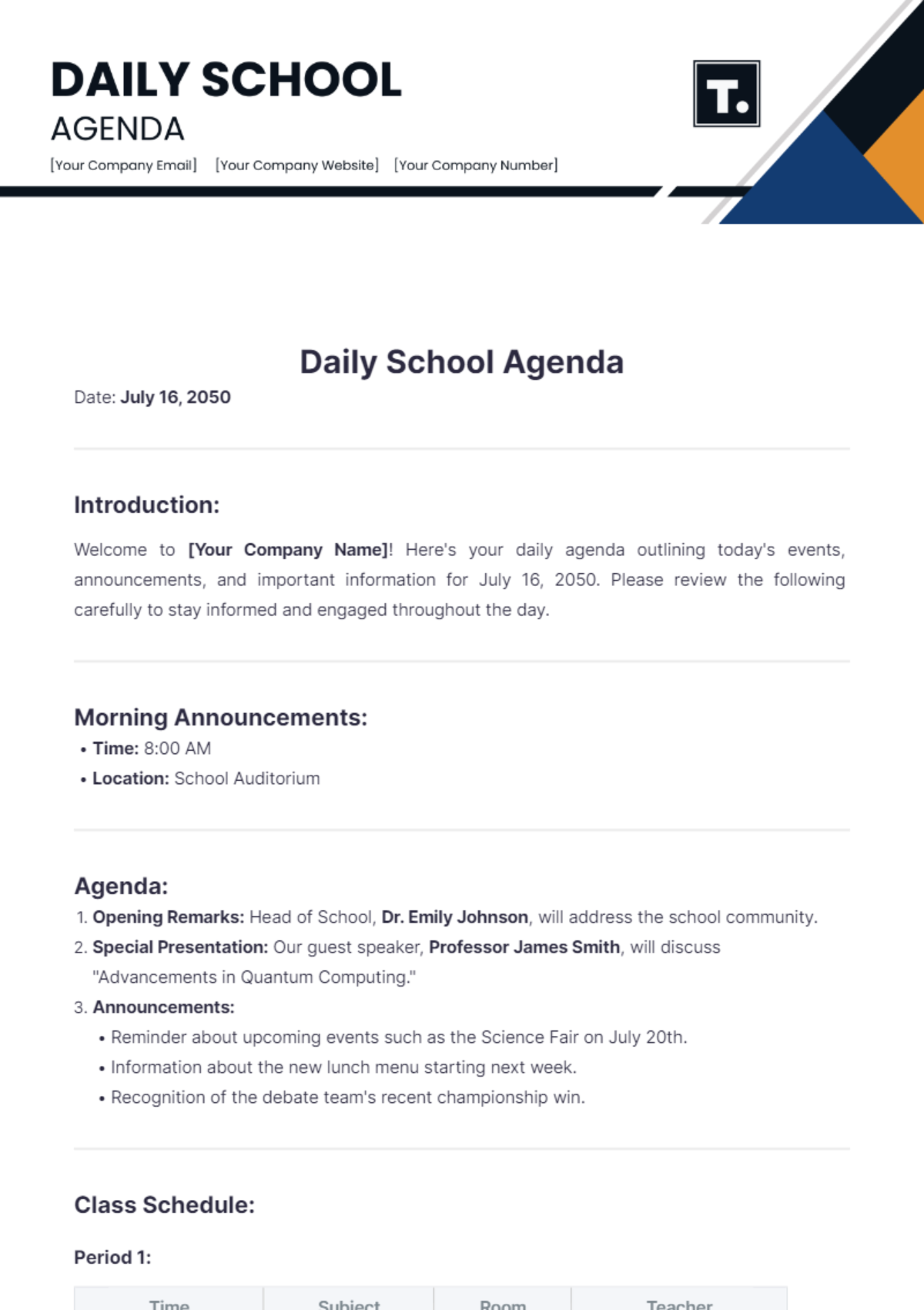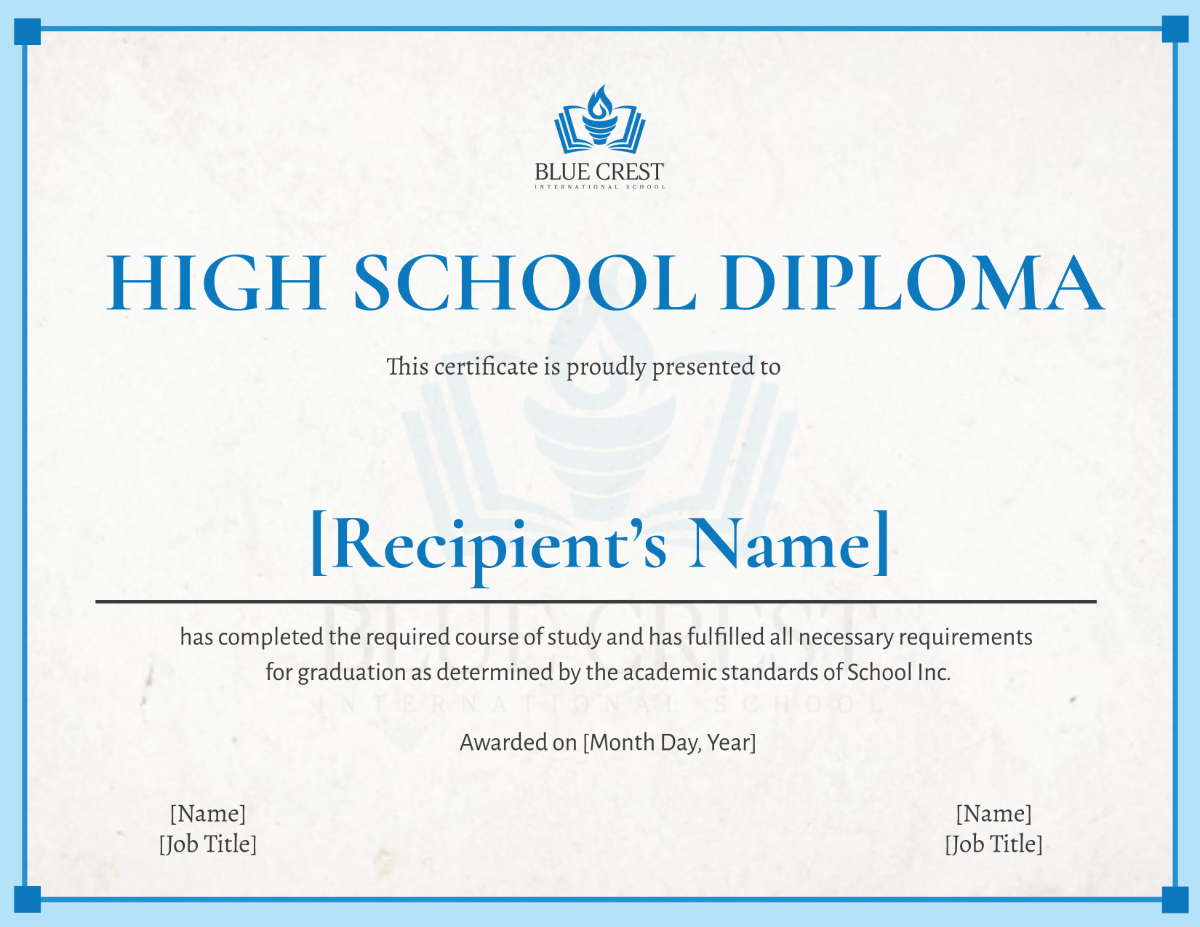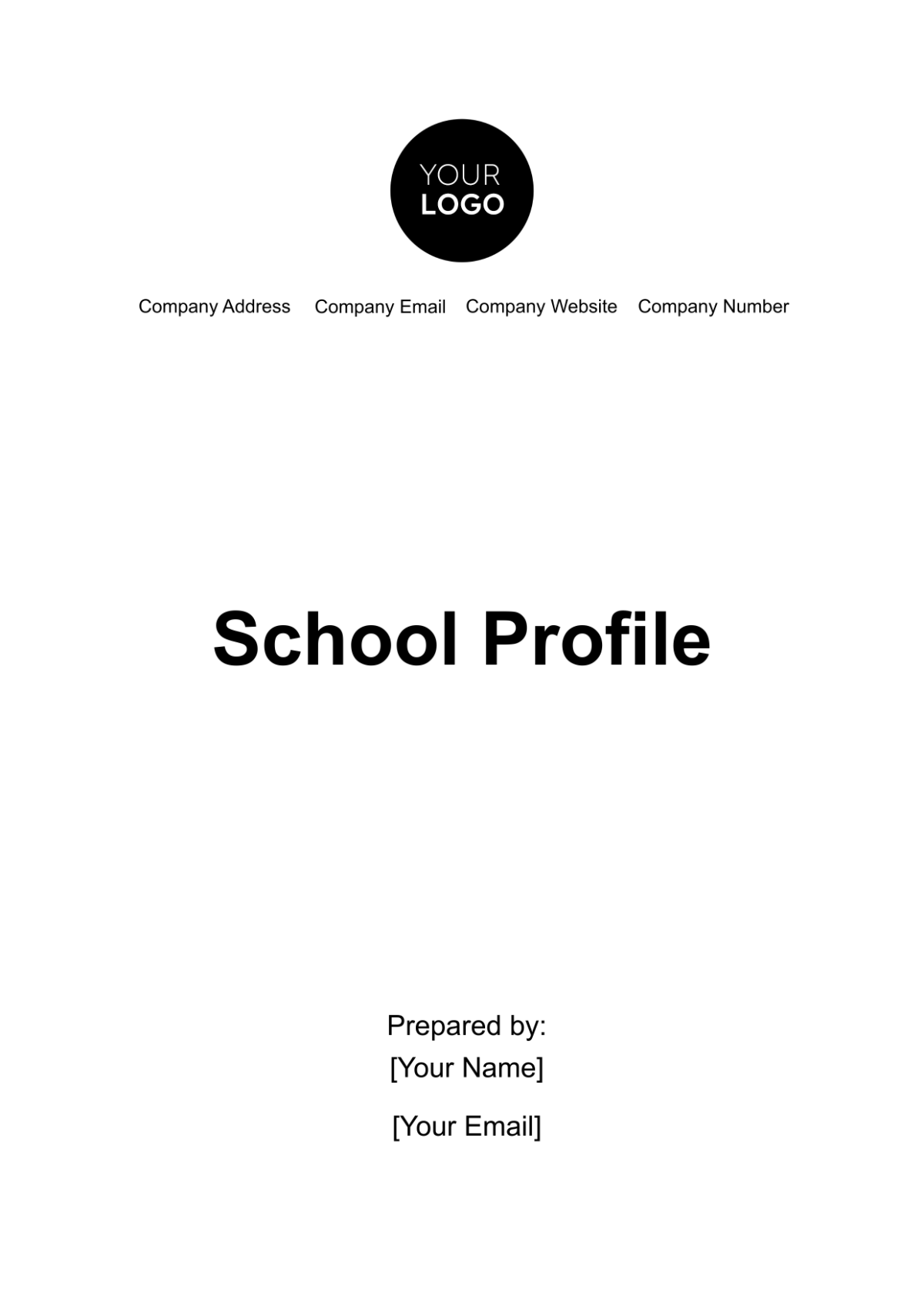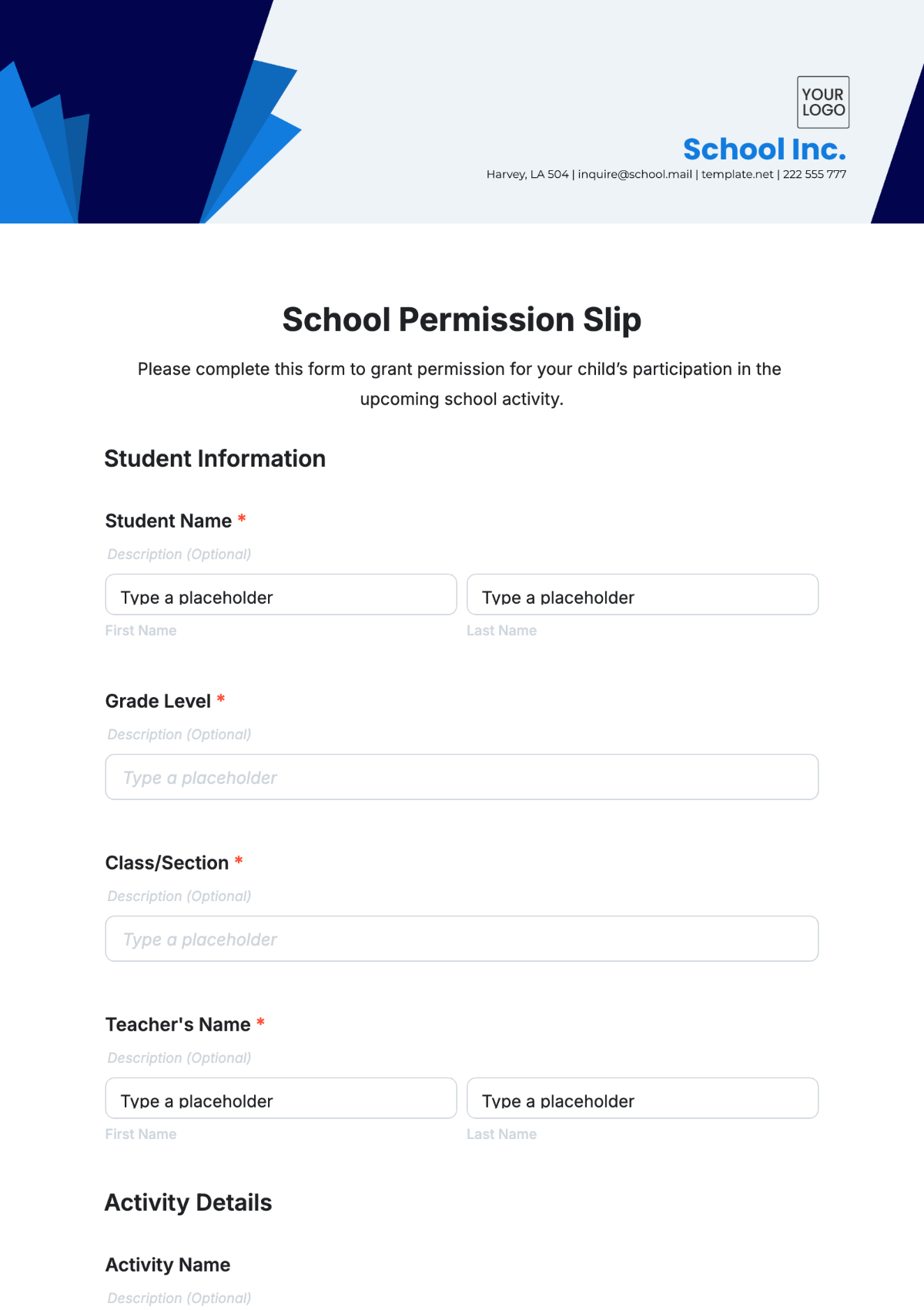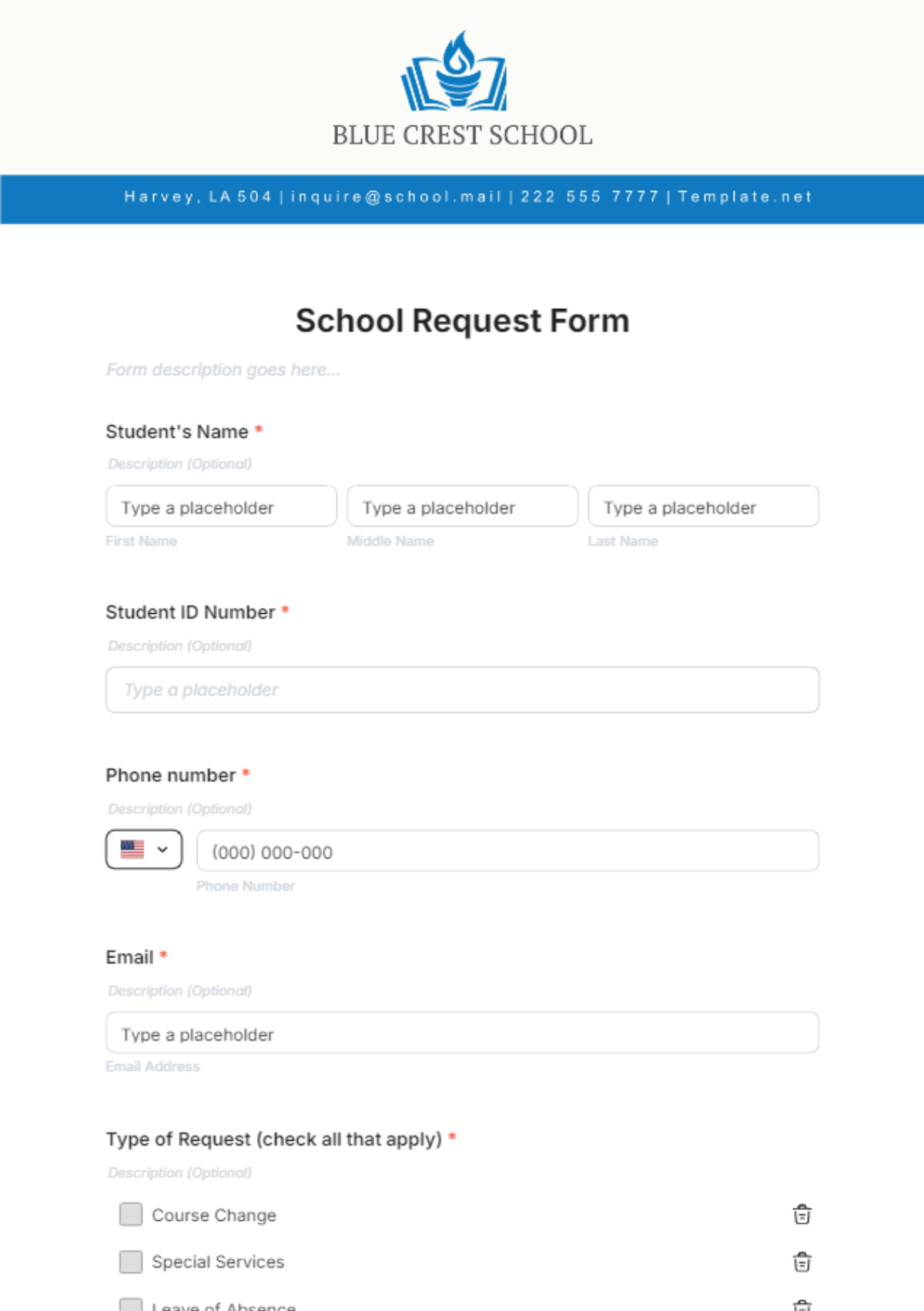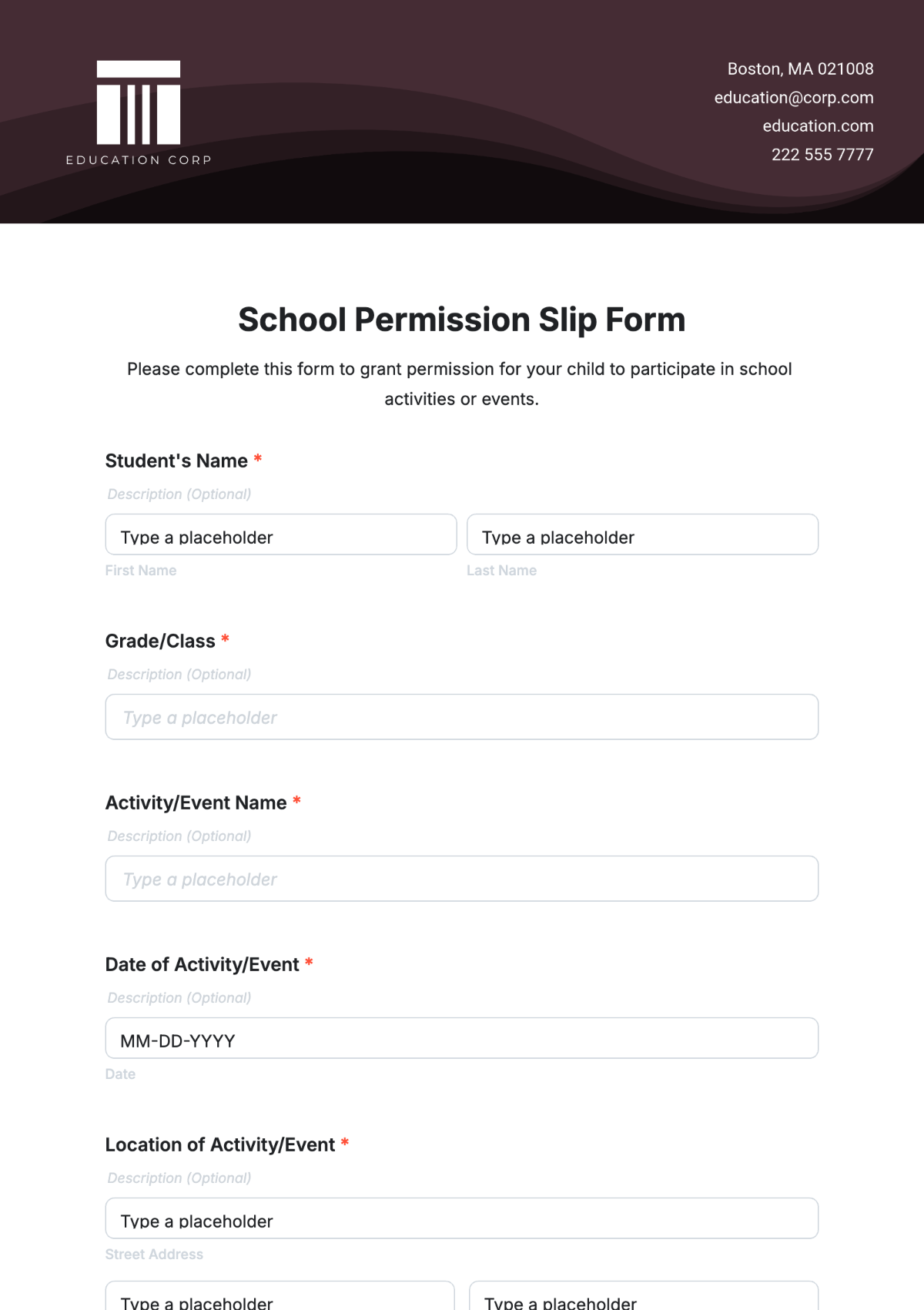School Resource Allocation Strategy
I. Introduction
At [Your Company Name], our commitment to excellence drives us to continuously optimize our resources to enhance educational outcomes and ensure the safety and well-being of our students and staff. Our School Resource Allocation Strategy is a cornerstone of this commitment, designed to strategically manage funding and resources to create a dynamic and conducive learning environment.
Through targeted investments in upgrading classroom technology, infrastructure, and support services, we aim to elevate the educational experience for all stakeholders. This strategy also prioritizes professional development, comprehensive health and safety programs, and the establishment of a transparent resource monitoring system. Our ultimate goal is to ensure that every resource allocation contributes effectively to a balanced and supportive educational experience for all members of our community.
II. Upgrading Classroom Technology and Infrastructure
One of our top priorities is to invest in modern classroom technology and infrastructure. We understand the importance of creating a conducive learning environment where students can thrive. Funding will be allocated towards upgrading essential classroom equipment, such as smartboards, computers, and high-speed internet access.
Furthermore, we will focus on improving the physical infrastructure of our school buildings. This includes renovating classrooms, updating library facilities, and enhancing common areas to create a warm and welcoming atmosphere for students and staff alike. These upgrades are crucial for fostering a positive educational environment.
Aspect | Details |
|---|---|
Objective | Enhance the learning environment by integrating modern technology and improving infrastructure. |
Scope of Upgrade | Upgrade essential classroom equipment, including smartboards, computers, and high-speed internet access. |
Budget Allocation | Allocate [Budget Amount] for the purchase of new technology and infrastructure upgrades. Consider factors such as equipment costs, installation expenses, and ongoing maintenance. |
Timeline | Implement upgrades within [Timeline]. Develop a detailed timeline that considers procurement, installation, and testing phases. Coordinate with stakeholders to minimize disruption to teaching and learning activities. |
Benefits | Improved learning experiences through interactive technology. Enhanced communication and collaboration among students and teachers. Increased efficiency in lesson delivery, allowing for more dynamic and engaging teaching methods. |
Implementation Plan | 1. Conduct a comprehensive assessment of current technology and infrastructure needs. Involve key stakeholders such as teachers and IT staff to gather insights into specific requirements and challenges. |
2. Develop a detailed procurement plan that outlines equipment specifications, suppliers, and costs. Consider factors such as compatibility, durability, and warranty terms when selecting vendors and products. | |
3. Coordinate installation and integration of new technology. Ensure that installation teams follow best practices and safety guidelines. Test the equipment to verify functionality and address any issues promptly. | |
4. Provide training for teachers and staff on how to effectively use the new technology. Offer support resources and troubleshooting guides to assist with any challenges that may arise during implementation. |
III. Professional Development for Staff
Our strategy includes dedicated budgets for professional development to ensure our staff remains at the forefront of educational practices. Regular training sessions will be conducted to keep our educators updated on the latest teaching methodologies, technological advancements, and safety protocols.
Investing in our staff’s professional growth is pivotal for delivering high-quality education. We aim to foster a culture of continuous learning, where teachers and administrative staff are empowered to enhance their skills and knowledge, ultimately benefiting our students.
Professional Development for Staff | Description |
|---|---|
Objectives | Allocate dedicated budgets for professional development to ensure staff remain up-to-date with educational practices. Conduct regular training sessions to update educators on the latest teaching methodologies, technological advancements, and safety protocols. |
Training Sessions | Conduct regular training sessions for teachers and administrative staff to enhance their skills and knowledge. Topics may include new teaching strategies, technology integration, classroom management techniques, and safety procedures. |
Budget Allocation | Allocate [Budget Amount] for professional development initiatives. Consider costs for workshops, seminars, guest speakers, and online courses. |
Continuous Learning Culture | Foster a culture of continuous learning where staff are encouraged to pursue professional development opportunities. Provide support and resources for staff to attend conferences, workshops, and pursue further education. |
Empowerment | Empower staff to take ownership of their professional growth by providing opportunities for self-directed learning and skill development. Encourage staff to share their knowledge and experiences with colleagues through peer learning and collaboration. |
Evaluation and Feedback | Evaluate the effectiveness of professional development initiatives through feedback from staff and assessments of their performance. Use this feedback to refine future training programs and ensure they meet the needs of staff and align with the goals of the school. |
Collaboration and Networking | Encourage staff to collaborate and network with peers within and outside the school community. Provide opportunities for staff to participate in professional organizations, attend conferences, and engage in cross-school initiatives to enhance their professional development. |
Career Advancement Opportunities | Provide staff with opportunities for career advancement through professional development. Offer mentorship programs, leadership training, and pathways for advancement within the school or educational system. |
IV. Comprehensive Health and Safety Programs
The well-being and safety of our students and staff are paramount. We will allocate resources to establish comprehensive health and safety programs. This includes regular maintenance of facilities, installation of updated safety equipment, and ensuring that health standards are consistently met.
Additionally, we will conduct regular emergency drills and implement robust security measures to create a safe learning environment. These initiatives are essential to mitigate risks and ensure that the school is prepared to handle any emergencies effectively.
Program | Description |
|---|---|
Regular Maintenance | Conduct regular inspections and maintenance of school facilities to ensure they are safe and well-maintained. This includes checking for any potential hazards and addressing them promptly. |
Updated Safety Equipment | Install and maintain updated safety equipment such as fire extinguishers, smoke detectors, and first aid kits to ensure quick response in case of emergencies. |
Health Standards Compliance | Implement and enforce health standards to ensure a healthy environment for students and staff. This includes sanitation practices, food safety protocols, and ventilation standards. |
Emergency Drills | Conduct regular emergency drills, including fire drills and lockdown drills, to ensure that students and staff are prepared to respond effectively in case of emergencies. |
Robust Security Measures | Implement security measures such as access control systems, surveillance cameras, and security personnel to enhance the safety and security of the school premises. |
Risk Mitigation Strategies | Develop and implement risk mitigation strategies to identify and address potential risks within the school environment. This includes assessing risks related to infrastructure, activities, and external factors, and taking proactive measures to mitigate these risks. |
Emergency Preparedness and Response | Establish an emergency preparedness and response plan that outlines procedures for responding to various emergencies, including natural disasters, medical emergencies, and security threats. Ensure that all staff and students are familiar with the plan and their roles during emergencies. |
V. Support Services for Diverse Student Needs
Recognizing the diverse needs of our student population, we will invest in support services like counseling and special education programs. Resources will be earmarked for hiring qualified counselors and special education professionals to provide individualized support to students requiring additional assistance.
We believe that addressing the emotional and educational needs of every student is crucial for their overall development. Through these support services, we aim to create an inclusive educational environment that fosters the growth and well-being of all students.
Support Service | Description |
|---|---|
Counseling Services | Allocate resources for hiring qualified counselors to provide emotional and mental health support to students. Offer individual and group counseling sessions to address various issues such as stress, anxiety, and personal development. |
Special Education Programs | Establish and maintain special education programs to cater to the unique learning needs of students with disabilities. Hire special education professionals to provide personalized support and accommodations to ensure academic success. |
Individualized Support | Provide individualized support plans for students requiring additional assistance. Collaborate with teachers, parents, and other professionals to develop and implement effective support strategies tailored to each student's needs. |
Inclusive Educational Environment | Create an inclusive environment that promotes diversity and acceptance. Implement programs and initiatives that raise awareness and foster understanding among students and staff about the importance of inclusivity and diversity. |
Well-being and Development | Focus on addressing the holistic development of students by providing resources and programs that support their physical, emotional, and social well-being. Offer workshops, seminars, and activities that promote personal growth and resilience. |
Collaboration and Communication | Foster collaboration and communication among teachers, counselors, parents, and other stakeholders to ensure that students receive comprehensive support. Encourage open dialogue and information sharing to facilitate effective support strategies. |
Accessibility and Accommodations | Ensure that school facilities and resources are accessible to all students, including those with disabilities. Provide necessary accommodations and assistive technologies to support students in their learning and participation in school activities. |
VI. Transparent Resource Monitoring System
To ensure accountability and effectiveness in our resource allocation, we will establish a transparent resource monitoring system. This system will track expenditures and evaluate the impact of resource utilization on educational outcomes and overall school performance.
Regular audits and reviews will be conducted to assess the effectiveness of our resource allocation strategy. This approach will enable us to make data-driven decisions, continuously improve our practices, and ensure that our resources are used optimally to benefit the entire school community.
Monitoring System | Description |
|---|---|
Objectives | Establish a transparent system to track resource allocation and utilization. Evaluate the impact of resource allocation on educational outcomes and overall school performance. |
Expenditure Tracking | Track all expenditures related to resources, including budgets for classroom technology, infrastructure upgrades, health and safety programs, support services, and other school initiatives. |
Impact Evaluation | Evaluate the impact of resource allocation on educational outcomes and school performance through regular reviews and assessments. Use data and feedback from stakeholders to determine the effectiveness of resource utilization. |
Audit and Review Processes | Conduct regular audits and reviews of resource allocation practices to ensure compliance with budgetary constraints and alignment with educational goals. Identify areas for improvement and implement corrective actions as needed. |
Data-driven Decision Making | Use data and insights from the monitoring system to make informed decisions about resource allocation. Analyze trends and patterns to identify areas of success and areas that require adjustment or reallocation of resources. |
Continuous Improvement | Continuously improve resource allocation practices based on the findings of the monitoring system. Implement best practices and innovative approaches to enhance the effectiveness of resource utilization and achieve better educational outcomes. |
Stakeholder Engagement | Engage stakeholders, including teachers, staff, parents, and students, in the monitoring process. Solicit feedback and input to ensure that the monitoring system reflects the needs and priorities of the school community. |
Transparency and Accountability | Ensure transparency in resource allocation by providing stakeholders with access to information about budget allocations and expenditures. Promote accountability by holding individuals and departments responsible for their use of resources. |
VII. Conclusion
The School Resource Allocation Strategy at [Your Company Name] is designed to maximize the impact of our resources, ensuring a balanced and supportive educational experience for all students and staff. By prioritizing funding for classroom technology, staff development, health and safety programs, and support services, we aim to create a conducive learning environment that fosters the growth and well-being of our school community.
This strategy reflects our commitment to delivering high-quality education and maintaining a safe and inclusive environment for all. Through transparent monitoring and continuous improvement, we will work towards achieving our goal of optimizing resources to enhance educational outcomes and ensure the safety and well-being of everyone in our school.
